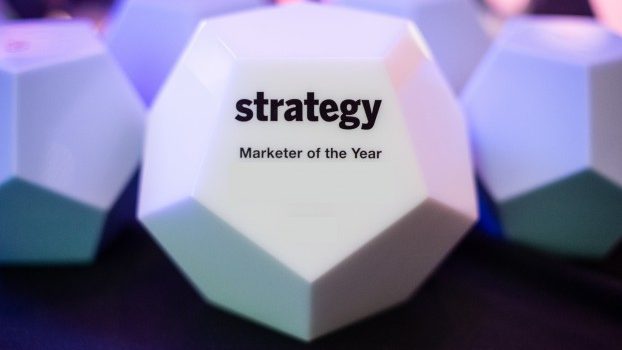By Steve Mast
A few years ago, I co-chaired the first CX Conference for the Canadian Marketing Association (CMA). During the lead-up to the event, I would have great debates with my co-chair, who is now the CMO at one of the country’s big five banks.
When it came to the topic of “Who owns the customer relationship,” we always agreed that it belongs to every department within an organization, with a slight edge going to marketing. It’s not one particular role or one person’s job to focus on the customer experience – it’s everyone’s responsibility. However, that’s not the reality in many organizations today.
While customers today are better informed, conduct more research, ask smarter questions, and have a greater number of options to choose from – companies grow in size and complexity, often making customers disconnected.
And we’re seeing the result of that in bad products, tone-deaf ads and poor customer experiences.
How many times have you been left scratching your head, wondering, “How did that ever make it to market?” In the last year alone, we’ve seen pink beer for girls, racist undertones in fashion ads and patronizing branding and packaging in beauty products.
By adopting a test-and-learn approach, businesses can collect customer insights on a more regular basis to help steer them in the right direction—before rolling out new products, designs or price changes that miss the mark.
Over the past few decades, the C-Suite has grown in size and complexity. Traditionally, businesses were led by a handful of senior executives: the CEO, CFO, CTO and maybe a COO. Today that group has grown to include the CMO, CDO, CINO, CHRO, CCO and the list goes on and on.
As business becomes more complex, they need more leadership across the organization. But that doesn’t negate the need to bring the customer into the boardroom – more so today than ever before. Some of the most successful growth businesses today have truly integrated the customer into all of their decision-making.
One example that comes to mind is Intuit. The company integrates customer feedback into everything they do. Testing and learning is built into their DNA as an always-on function.
Adidas is another strong example of having completely reenergized their brand by becoming more customer-centric. Having struggled to compete against powerhouses like Nike and Under Armour in North America, it couldn’t seem to break out of its predominant association with soccer until it put its consumer insights group at the core of the business, engaging customers in real time.
Since then, Adidas has been creating and inspiring cultural trends that has seen them really conquer the millennial market. Their partnership strategy is so on point, bringing celebrities into the brand; just look at the success its had with designer collaborations, from Stella McCartney to Kanye West.
One company trying to shake things up closer to home is BMO. Looking to innovate the customer experience, the bank has created a human-centric design group that supports new product development and programs while keeping the customer at the heart of the decision-making process.
Because the pace of change, speed of customer trends, abundance of choice and customer control is all too much to stay on top of, if your organization is simply following traditional marketing methods.
With the tools available in the marketplace today, it is possible to bring the voice of the customer into the boardroom at every stage of the creative process. And, there’s really no excuse not to.
Steve Mast is the president and chief innovation officer of Delvinia.
























